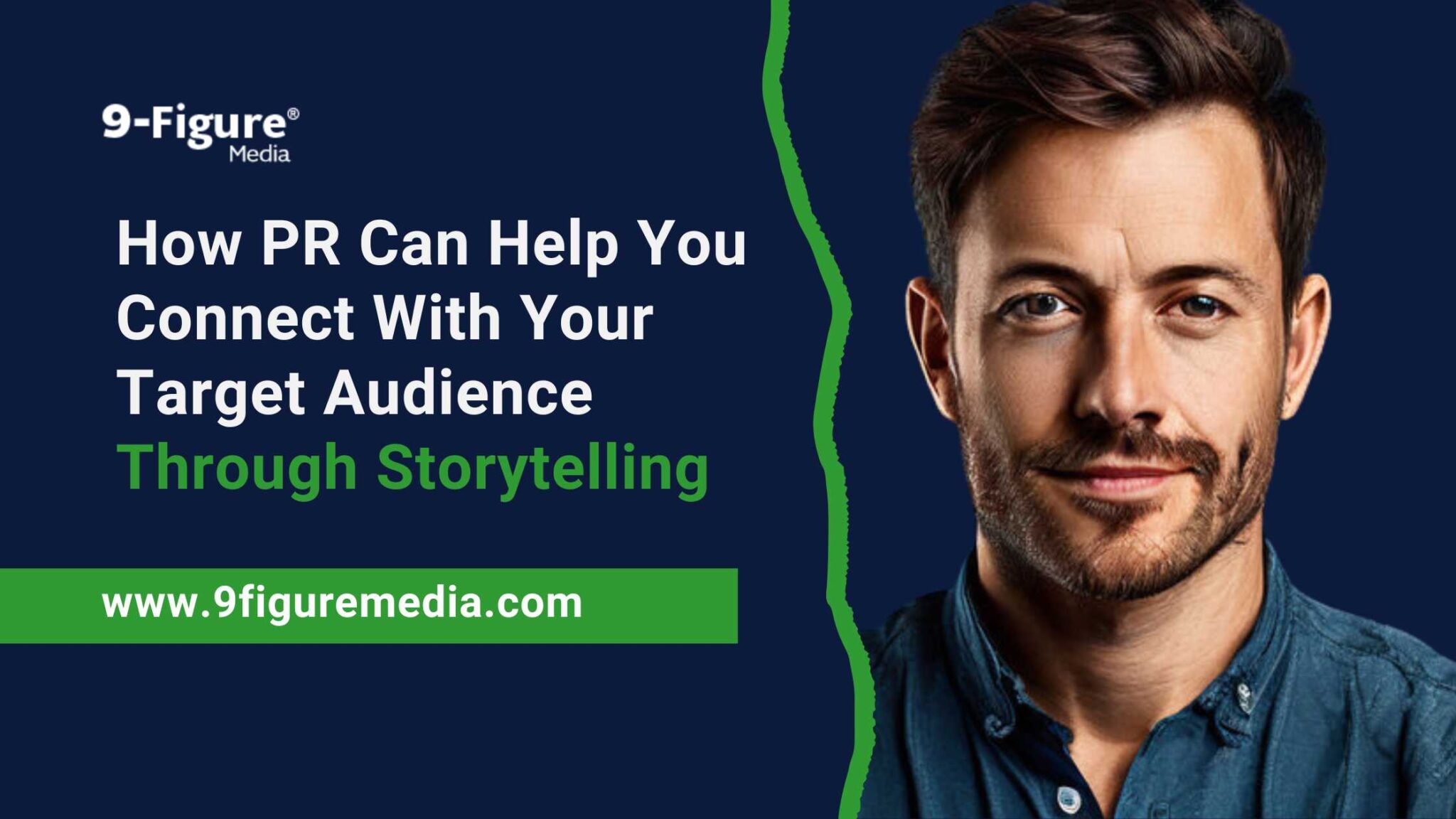Basic
$
995
/Mo
-
One guaranteed publication monthly
-
Choose from 20 limited publications
-
100% money-back guarantee
-
1 bonus press release published on 100 news outlets
-
No "As Seen On" logo integration
-
No Forbes feature included
-
No keyword ranking
-
Cancel anytime after 1 month
Startup
$
3500
/Mo
-
2 guaranteed publications monthly
-
Choose from unlimited publications
-
100% money-back guarantee
-
2 bonus press releases published on 200 news outlets monthly
-
"As Seen On" logo integration
-
Forbes feature included
-
Google first page ranking guaranteed
-
Guaranteed ranking for 1 keyword
-
Cancel anytime after 12 months
BEST VALUE
Advanced
$
4995
/Mo
-
6 guaranteed publications quarterly
-
Choose from unlimited publications
-
100% money-back guarantee
-
2 bonus press releases published on 200 news outlets monthly
-
"As Seen On" logo integration
-
Forbes feature included
-
No keyword ranking
-
Cancel anytime after 3 months
Corporate
$
20K
and above/Mo
-
From 6 guaranteed publications monthly
-
Choose from unlimited publications
-
100% money-back guarantee
-
Up to 25 bonus press releases published on 400+ news outlets monthly
-
"As Seen On" logos integration
-
Forbes feature included
-
Google first page ranking guaranteed
-
Guaranteed ranking for 2-20 keywords
-
Full-time reputation management
-
Cancel anytime after 12 months




























